Steam clouds every bathroom mirror sooner or later, but the wrong drywall can leave you with moldy walls and pricey repairs long after the glass clears. Regular drywall simply wasn't built for the daily moisture assault bathrooms dish out. Hot showers. Splashing sinks. Humidity that clings no matter how much you towel off.
The smart move is matching your drywall choice to how wet each zone gets. Regular drywall deteriorates in humid conditions, making moisture-resistant options essential for bathrooms, kitchens, and basements. Understand the zones, spend where it counts, and skip overbuilding where basic protection is enough.
Know your moisture zones: Where each drywall type works best
Your bathroom is not one uniform moisture environment, it is a cluster of microclimates packed into a small space. The area around your toilet stays relatively tame. The wall behind your shower? Tropical rainforest at 7 AM.
For general bathroom walls away from direct water contact, green board offers enhanced humidity resistance compared to regular drywall. This moisture-resistant option features a water-resistant green paper facing with a water-repellent core, a buffer against steam and the occasional splash. The waxy surface helps moisture bead up and roll off instead of soaking in.
Where protection must be stout, use the materials that shrug off splashes. Think about the walls around your sink, near the bathtub, or anywhere water hits during your daily routine. Cement board provides superior water resistance and will not deteriorate or erode from water exposure. Why is cement board such a champ? It contains no paper or organic materials, so it is completely resistant to mold growth and truly waterproof for high-exposure areas.
The mistake many homeowners make is treating the entire bathroom like it needs maximum protection. Use green board for general walls, reserve cement board for zones that actually see water, and you get the right performance at each moisture level without breaking the budget.
Green board: The popular middle ground for bathroom walls
Green board is the go-to for most bathroom walls because it hits that sweet spot between protection and practicality. Green board costs 20-30% more than standard drywall, usually just a few extra bucks per sheet, cheap insurance against moisture problems.
What sets it apart from regular drywall? The distinctive green paper facing uses water-resistant additives that repel moisture rather than absorbing it. The core is treated to resist water absorption, so even if some moisture gets past the waxy surface, you have backup protection.
Here is the real benefit, it can absorb water over time before breaking down, a safety buffer against occasional moisture that would damage regular drywall quickly. That forgiveness helps when ventilation is not perfect or a leaky faucet goes unnoticed for a few days.
It shines on bathroom walls away from direct water contact, in powder rooms, and anywhere that sees humidity but not constant spray. However, green board is not completely waterproof and should not go where standing water or regular direct contact occurs. For shower surrounds or the wall right around bathtubs, you need materials built for continuous exposure.
Purple board and advanced moisture-resistant options
When you want more than basic green board, purple board steps up with active mold-fighting tech. Purple board provides enhanced moisture and mold resistance compared to green board, thanks to antimicrobial additives in the paper facing that help prevent mold growth, not just resist moisture.
The construction includes a gypsum interior coated with 100 percent recycled paper for better durability against water. The clever bit is that the paper facing contains antimicrobial compounds that keep working even if moisture penetrates the surface, an active defense against mold.
Purple board costs 30-40% more than standard drywall, yet it brings superior mold resistance and added durability. That is especially helpful in master bathrooms with poor ventilation, basements that run humid, or spots that have battled mold before.
For maximum mold protection, go paperless. Paperless drywall replaces paper facing with fiberglass mats, removing the organic material mold feeds on. While paperless drywall costs 40-50% more than standard drywall, it is a strong choice for extreme humidity when you need bulletproof mold resistance.
Cement board: Maximum protection for wet areas
When your bathroom walls will face direct water contact, cement board delivers unmatched protection against water damage and mold growth. Cement board offers complete resistance to water damage and mold growth because it contains no organic materials that support fungal growth. Made from cement and reinforcing fibers, it keeps its integrity even with prolonged exposure.
That makes cement board essential for shower surrounds, tub enclosures, and areas that will be tiled over surfaces that get soaked. Cement board serves as an excellent substrate for tile and resists the water degradation that destroys other drywall types. Many pros prefer it behind tile because it creates a stable, water-tough foundation that will not shift or deteriorate over time.
The trade-offs are cost and installation complexity. Cement board costs 2-3 times more than standard drywall and requires special cutting tools and fasteners. It is heavier and more challenging to work with than traditional drywall.
For the wettest areas, that extra spend functions like insurance. Pay a bit more now and avoid tear-outs and repairs later.
Installation tips for bathroom drywall success
Start with prep and the right supporting materials. Ensure wall studs are completely dry and free from previous water damage before you begin. Any existing moisture or damage needs full remediation first.
Use specialized materials throughout the install. Use moisture-resistant tape and mold-resistant joint compound when connecting drywall sheets. Regular compound can promote mold in humid conditions, so pick the resistant stuff. This is not the place to cut corners.
Mind spacing and sealing. Maintain a minimum half-inch gap between drywall and shower or tub surrounds to prevent wicking. Seal that gap with waterproof caulk, a flexible barrier that will not crack as materials expand and contract.
Finish the moisture-control system with careful sealing. Apply waterproof sealant around edges, especially near plumbing fixtures and corners where moisture collects. Consider waterproof membranes in critical areas like behind shower walls for extra protection. Even the best moisture-resistant materials need proper sealing to complete the defense.
Finally, make sure ventilation keeps up. Your bathroom fan should clear steam within 15-20 minutes after showering. Even advanced materials perform better with steady airflow.
Smart investments that pay off long-term
Choosing quality bathroom drywall saves money and headaches by preventing the moisture damage that leads to expensive repairs. Premium water-resistant panels can last 20-30 years when properly installed and maintained, so the higher upfront cost is worth it. Spending an extra $100-200 on better drywall beats paying thousands for mold remediation and wall replacement later.
The key is matching your investment to each area's moisture exposure. Powder rooms with minimal moisture can use green board at a reasonable cost. Master bathrooms with daily shower use benefit from purple board or paperless options for superior mold resistance. For shower surrounds and wet areas, cement board prevents the water damage that ruins cheaper alternatives.
Remember that moisture-resistant materials require compatible finishing systems including mold-resistant primers, paints, and sealants to get maximum protection. The small additional cost for these specialized products closes weak links in your defense.
What's the bottom line? Strategic material selection saves time, reduces costs, and improves long-term satisfaction by preventing costly repairs and replacements. Your future self will thank you for investing in the right materials now rather than dealing with moisture damage, mold growth, and major reconstruction later. The extra cost upfront pays for itself many times over through decades of trouble-free bathroom walls.




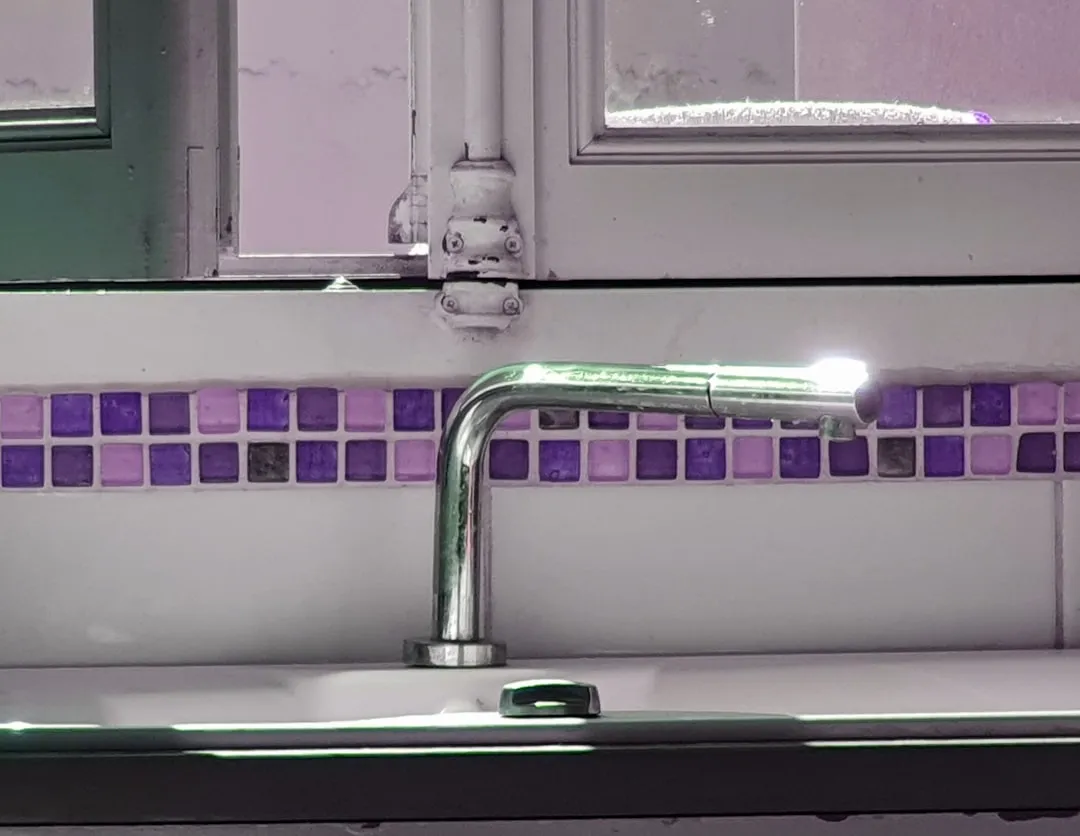

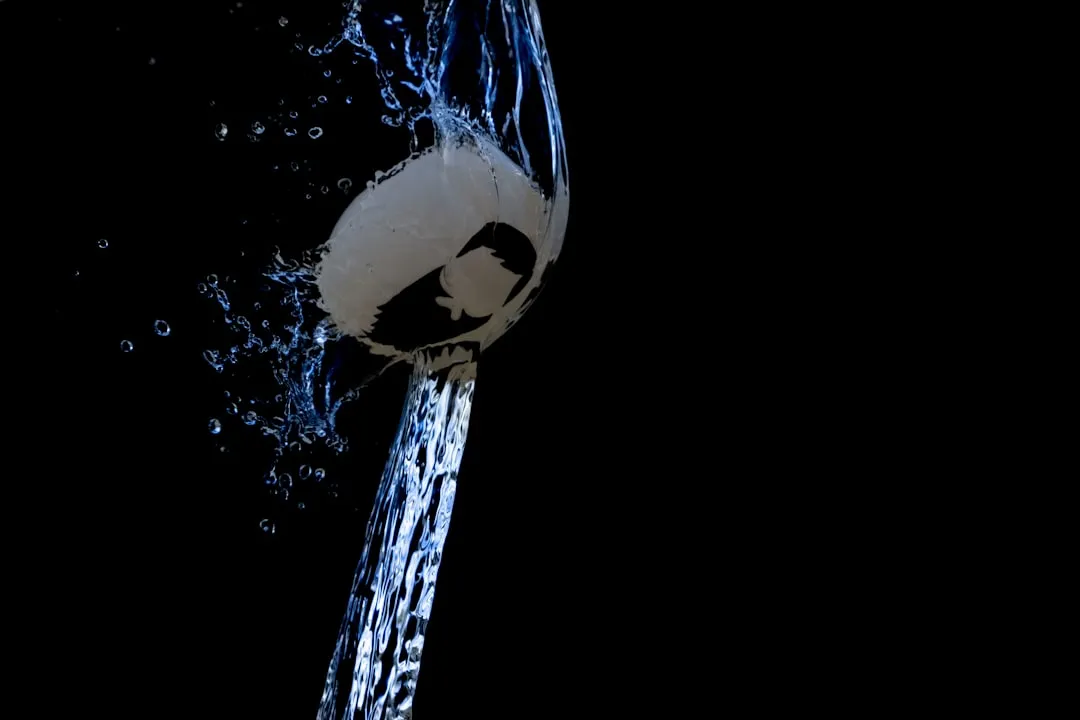
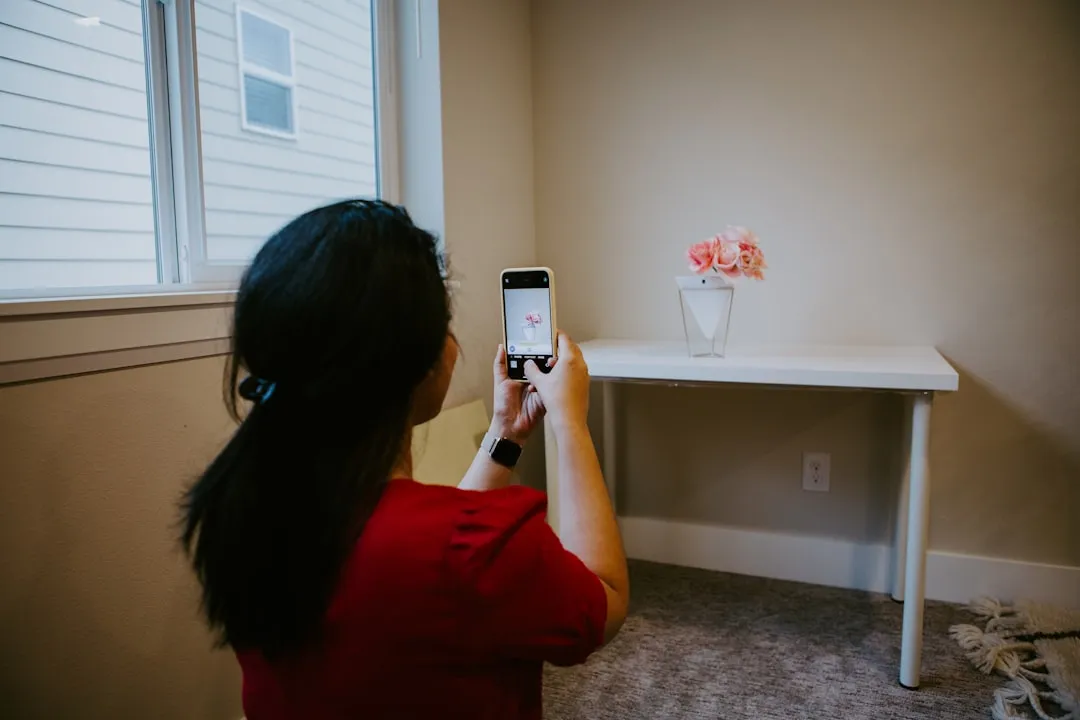
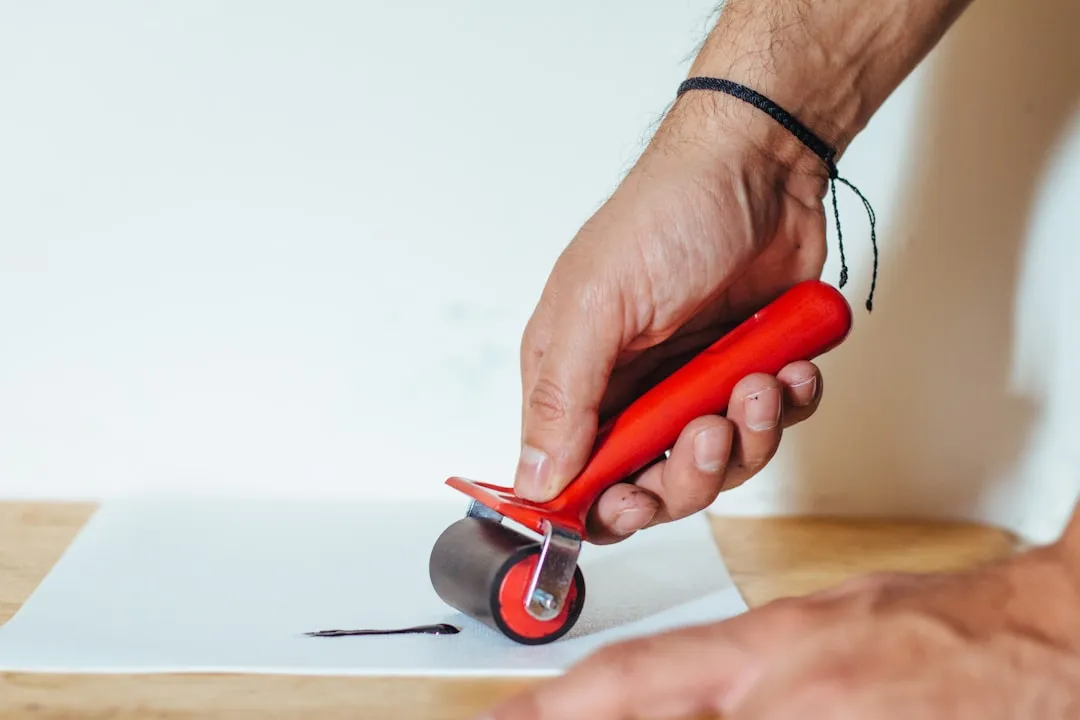
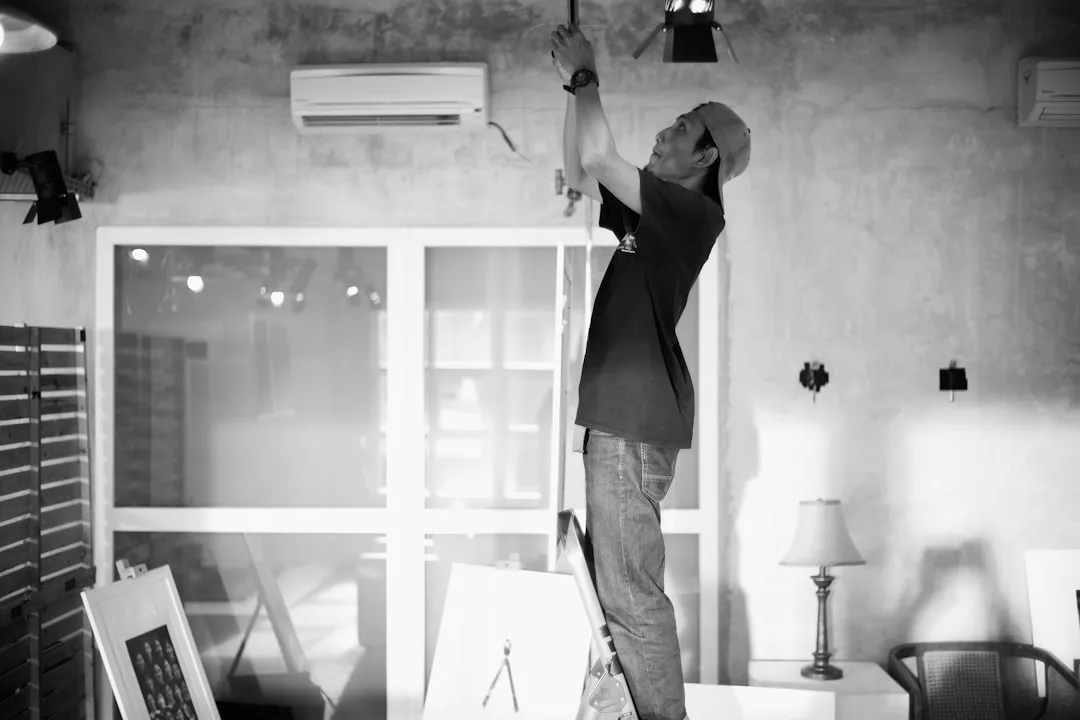

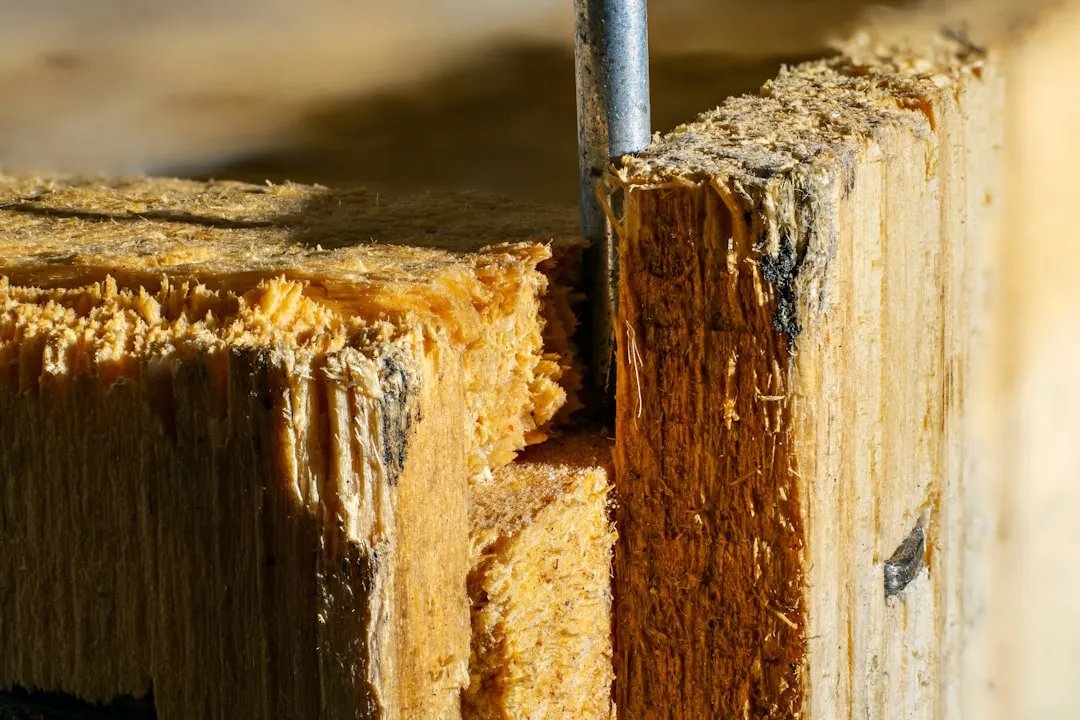


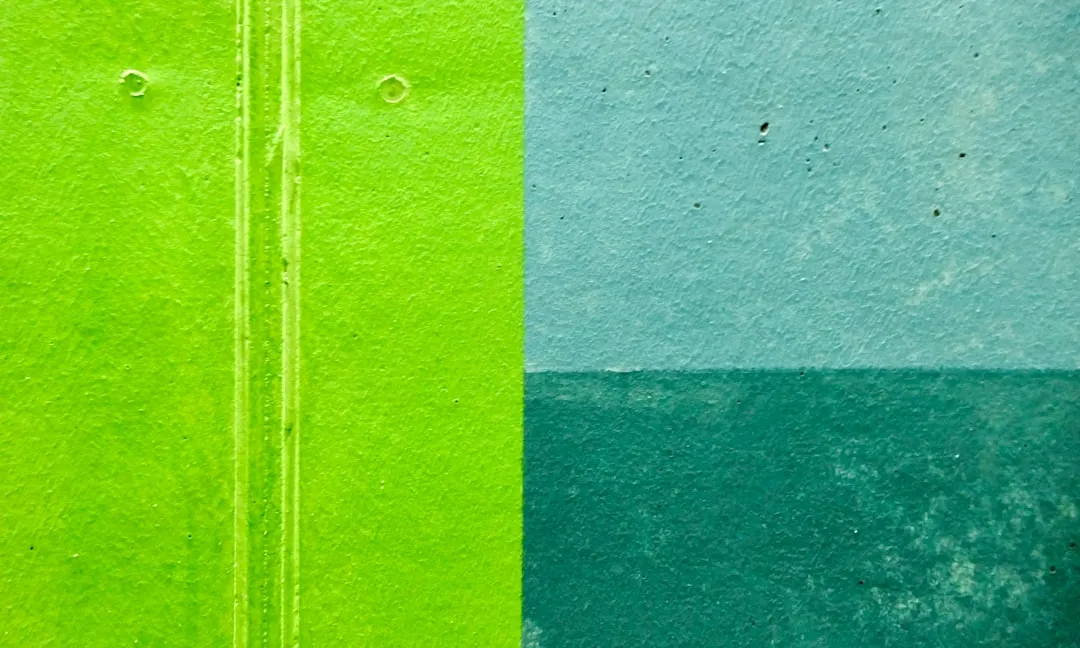
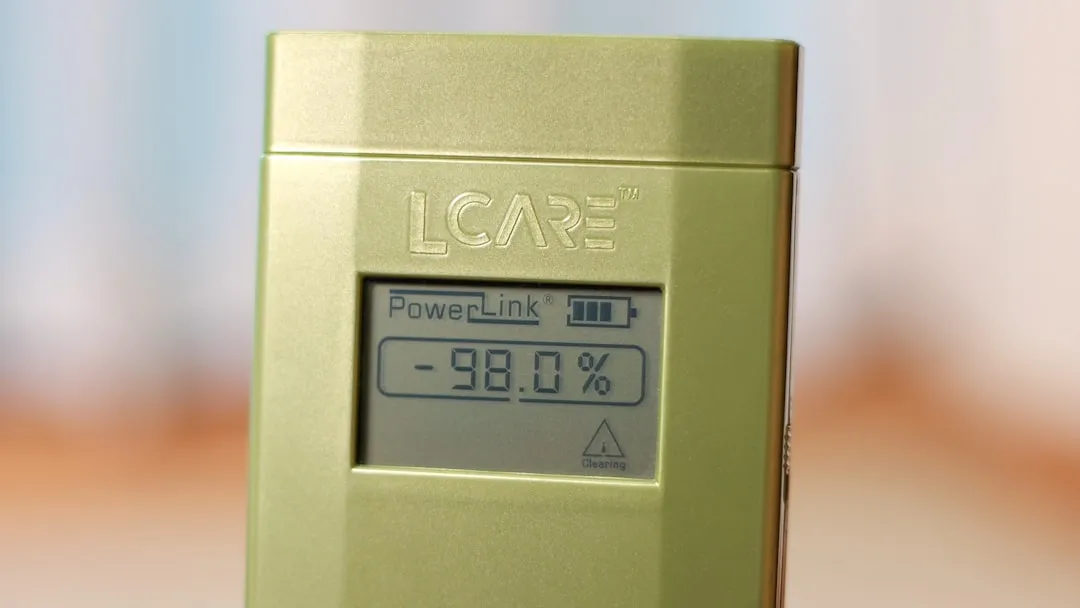
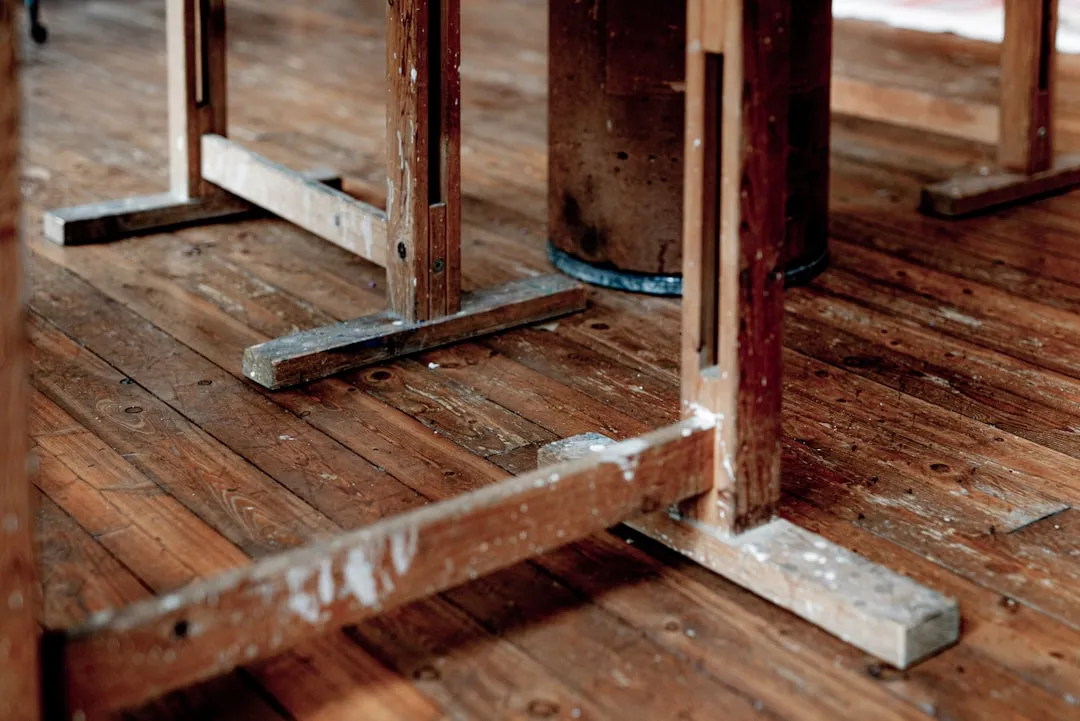
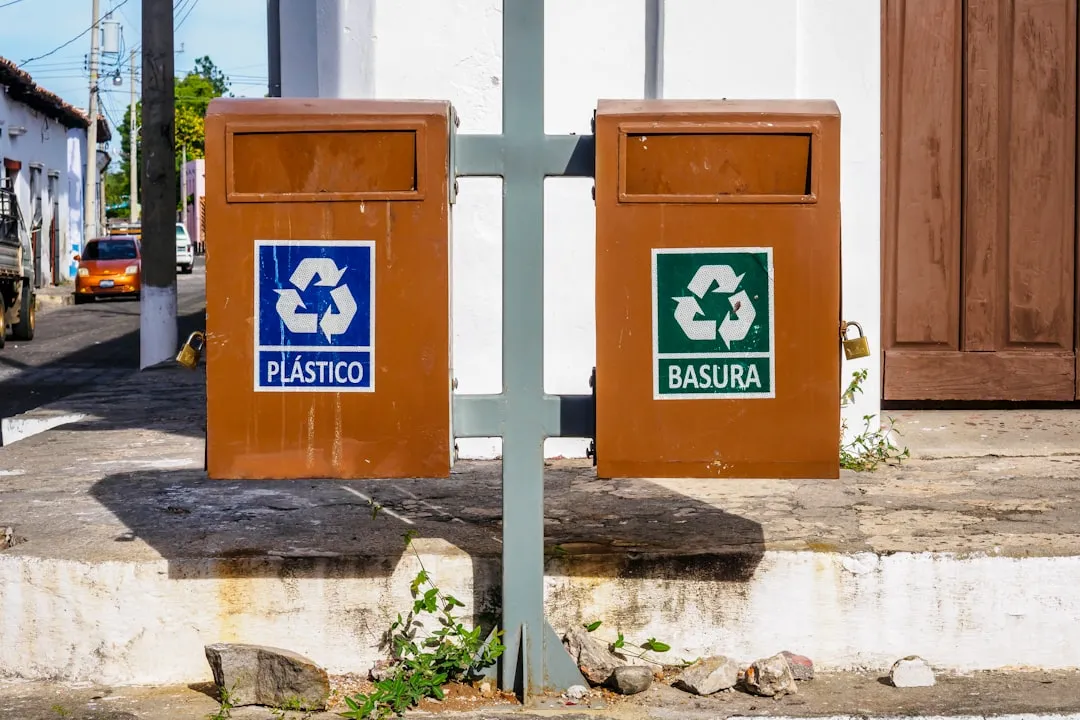

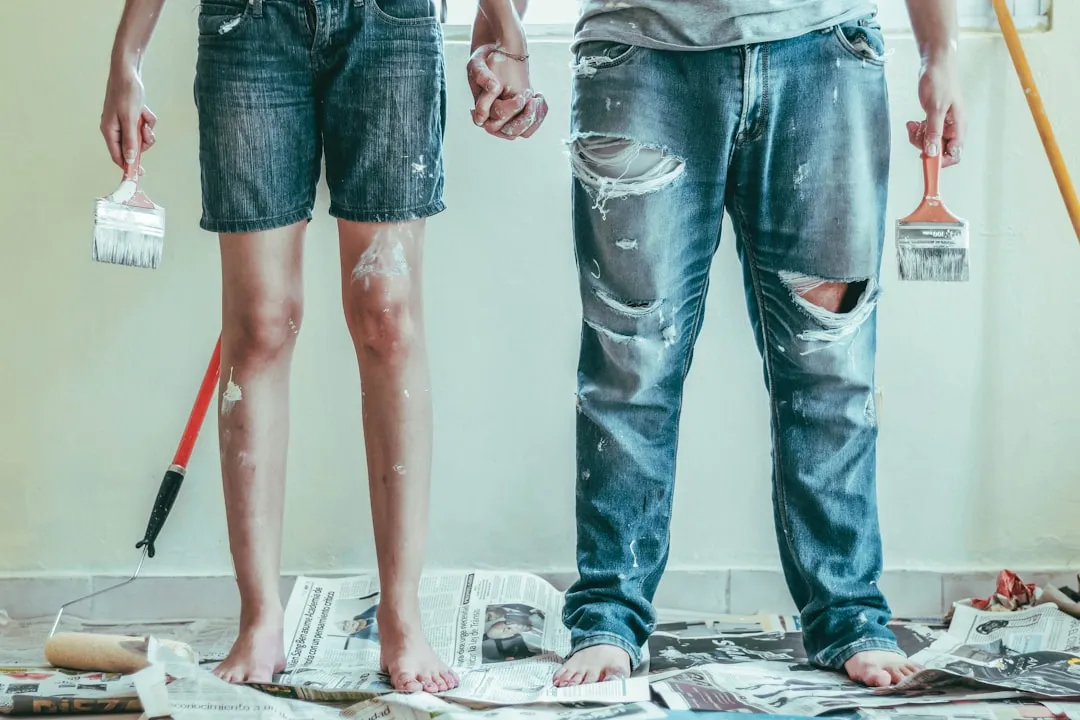
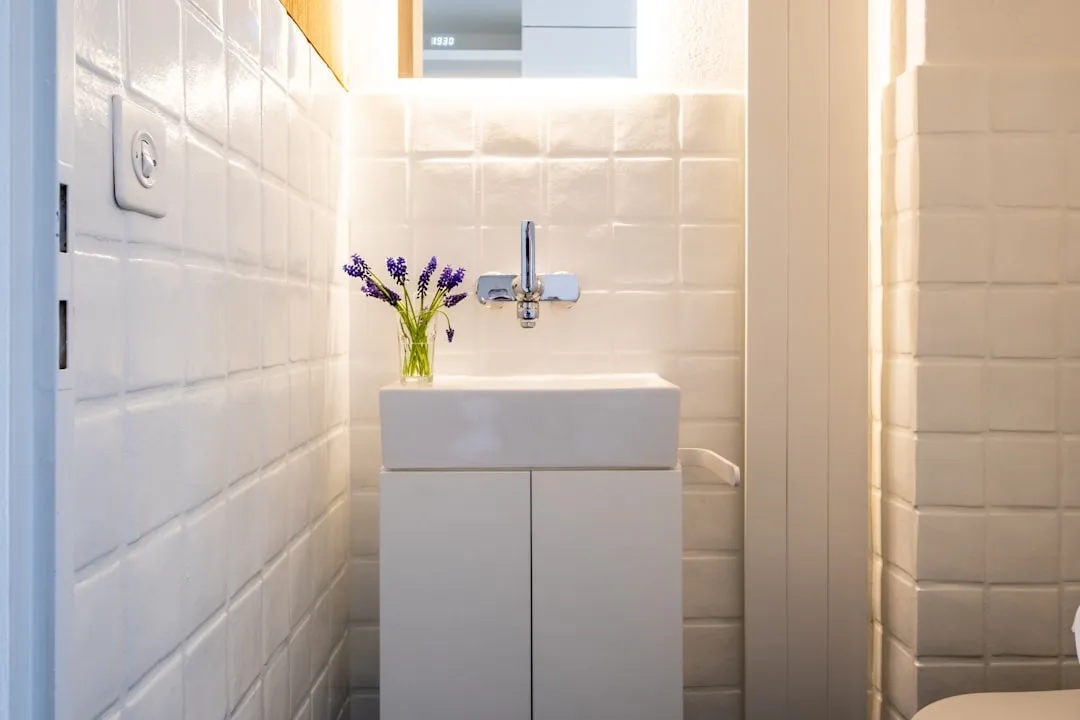
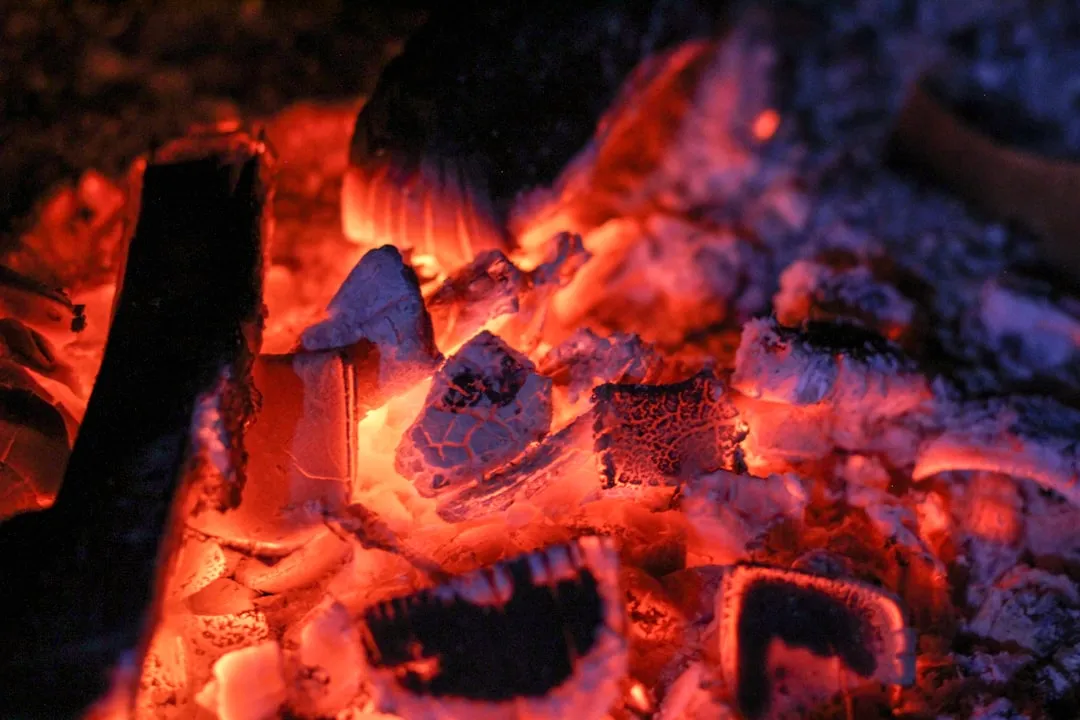

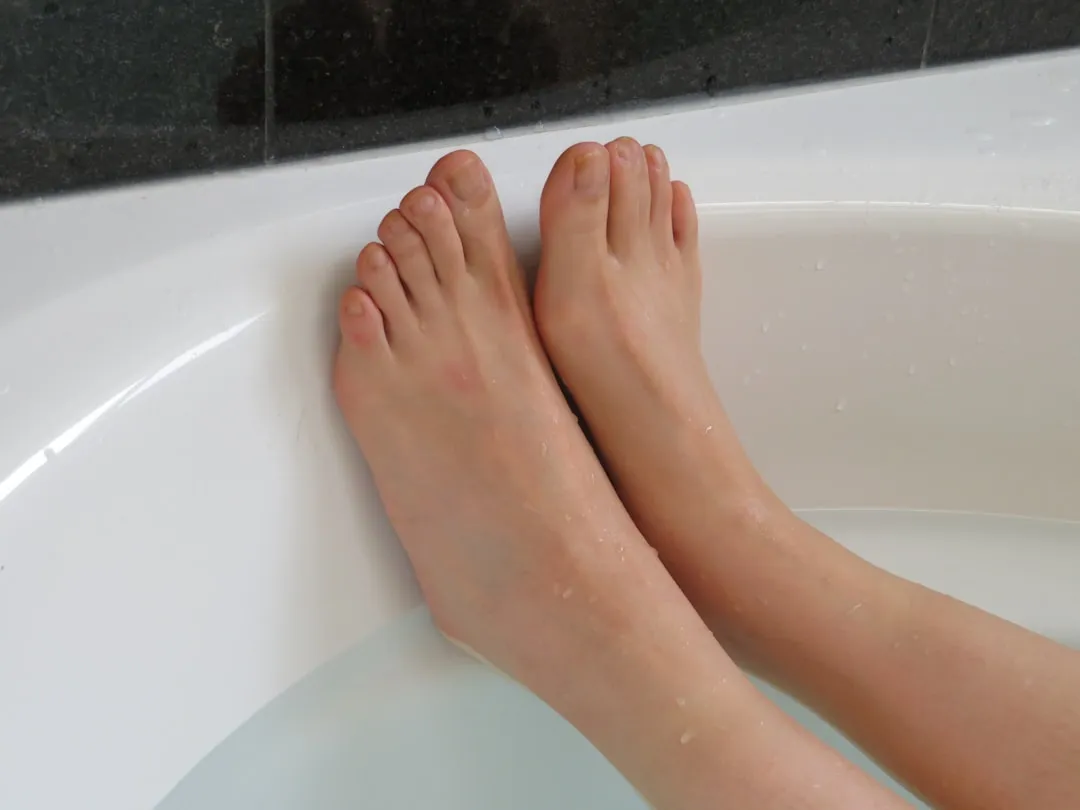
Comments
Be the first, drop a comment!